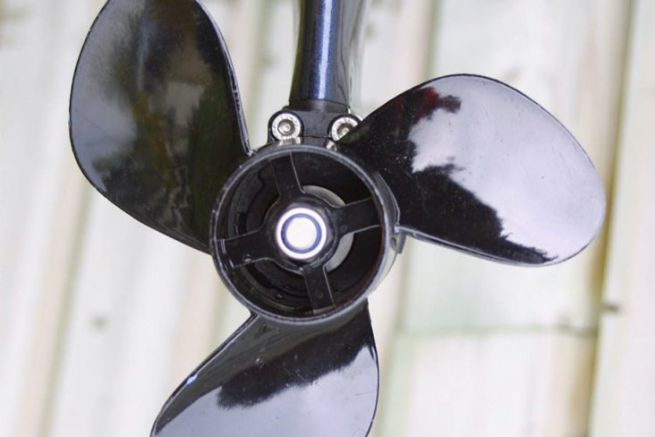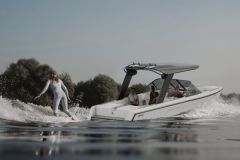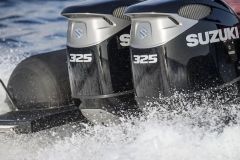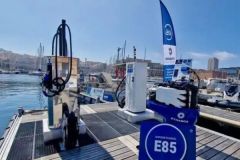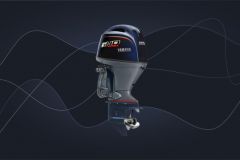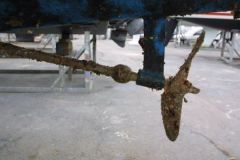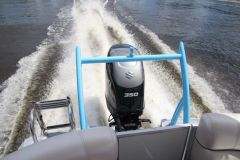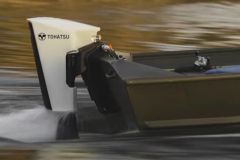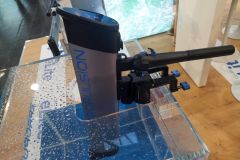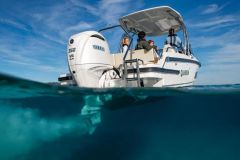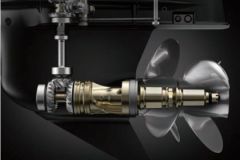Risk of shocks
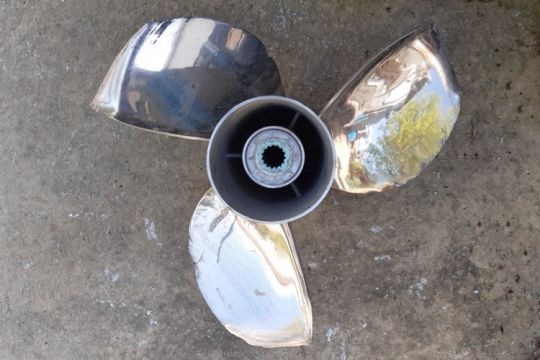
In navigation, the obvious danger comes from hitting an object floating between two waters. The damage can be different depending on the material of the blades. Made of plastic, aluminium or steel, they can deform or break. For propellers equipped with a rubber hub, as is often the case with outboard motors or sub-base motors, there is a risk of "pitting", i.e. the propeller is no longer attached to its shaft and slips on the rubber hub.

In case of impact, disorders can combine and possibly if the propeller material is "hard", the mechanical parts of the transmission can suffer significant damage.
Cavitation, an invisible enemy
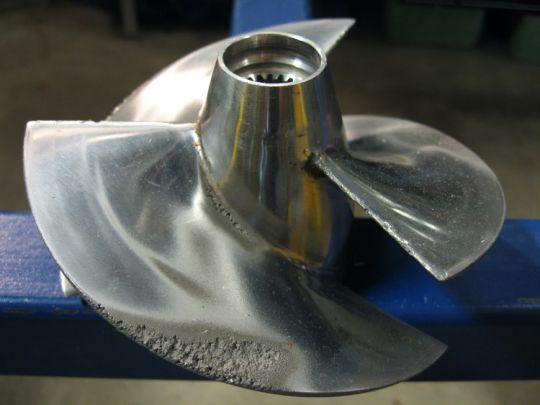
The other enemy of propellers is cavitation. This phenomenon, which materializes by mini-impacts on the blades, corresponds to the birth of bubbles in a liquid following a depression. On a propeller, these bubbles are generally created at the tips of the blades when the propeller rotates. The bubbles are produced by the gas contained in the water molecules, which is forced to separate and explode at that moment. These explosions (just micro explosions!) end up degrading the metal of the propeller, progressively gnawing it away. With time, this cavitation becomes visible on the tip of the blades (more visible on aluminium propellers, less resistant than stainless steel propellers).
Electrolysis, when you're in port..
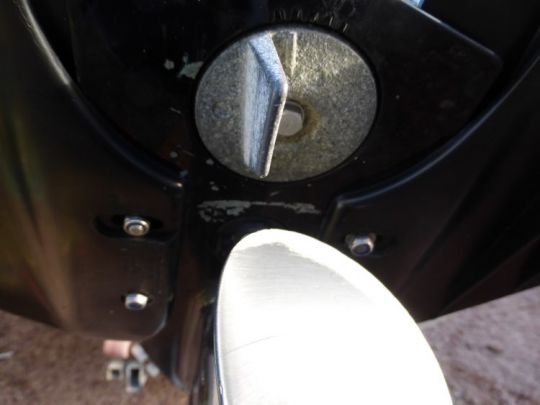
Difficult to apprehend, electrolysis or galvanic corrosion attacks metals. This electrochemical phenomenon, which leads to a rapid oxidation of metal parts, and therefore to their destruction, is natural. Different metals immersed in water and nearby generate an electric current, this is the principle of the battery. To prevent this electric shock from destroying metals, especially bronze and aluminium, it is necessary to protect the propeller with anodes. An anode is a wearing part to be replaced regularly. It is it which must be "eaten" instead of your propeller. To reduce this electrolysis, it is necessary to carry out a check of the electrical installation in case of rapid deterioration of the anodes.
Always check your propeller carefully
Taking care of your propeller is an essential act to navigate with serenity. At the slightest doubt, often materialized by an unusual vibration, a visual check is essential.
